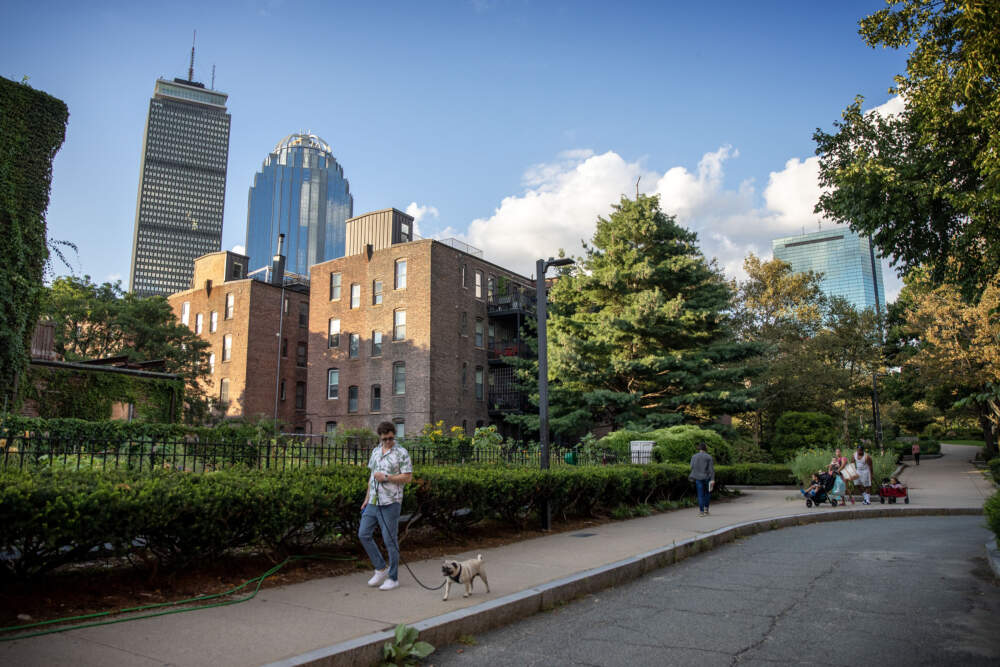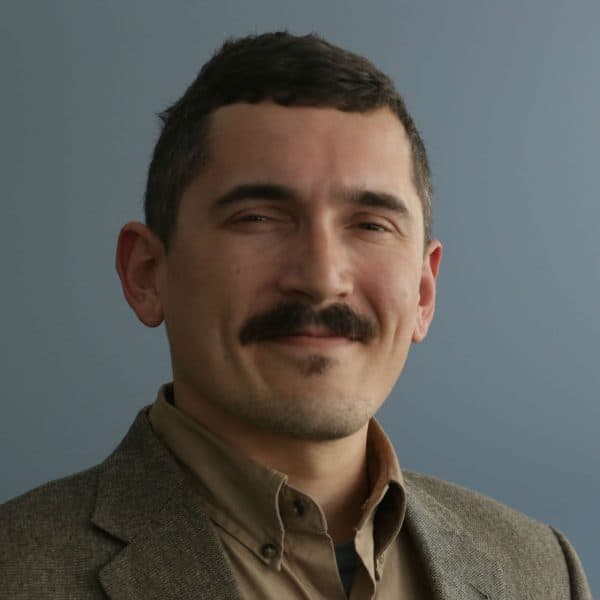Advertisement
Field Guide To Boston
Who lives here: Digging deep into Boston's demographics

Editor's Note: This is an excerpt from WBUR's Newcomer's Field Guide to Boston newsletter. If you like what you read and want it in your inbox, sign up here.
Let’s talk about what really makes this city hum: the people who live here.
More than 650,000 people live in Boston — tiny by comparison to other major cities — but nearly 5 million inhabit the metro area. Boston itself officially became a majority-minority city in 2000, meaning fewer than half of residents identify as “non-Hispanic white.” Latinos, Black and Asian people make up most of the rest. We’ve got very rich people, a middle class struggling with rising housing prices and about one in six of our residents are officially in poverty.
Across the board, we're an educated bunch. By some measures, Massachusetts ranks second for pre-K-12 education quality, and we’re No. 1 in terms of the share of residents with university degrees.
If you want to dive deeper into Boston’s demographics, we offer a neighborhood-by-neighborhood breakdown in our guides. They also offer thoughts from Bostonians all over the city on what makes their neighborhoods feel like home. Now we’ll look at the city and its people from a 30,000-foot view.
Boston really is a college town
College students make up roughly 150,000 of Boston’s residents, and more than a third of them are grad students. The city is home to over 20 colleges and universities (not including the shabby and obscure ones across the River Charles), as well as about two dozen hospitals, several of which have teaching programs, including the medical and dental schools of Harvard, Tufts and Boston University. Northeastern and BU boast the highest enrollments, accounting for about 55,000 students combined.
Where do all these college students live? According to the city, two-thirds of them live off-campus, with the highest concentrations around Fenway, Longwood, Allston, Mission Hill and Brighton. Housing all these scholars places “enormous strain on the city’s residential housing market,” city officials say. There's been a big push in the past decade to build more dorms as the city tries to halve the number of students in off-campus housing.
The innovation economy reigns
Industries from biotech to pharma, venture capital, scientific services and even defense manufacturing are thriving in Massachusetts. Making up about two out of every five jobs in the state, the sector benefits from deep access to research and capital, as well as a workforce with the highest concentration of STEM-related training in the U.S.
Over the last half century, Boston has become an overwhelmingly white-collar town. In 1970, it was about evenly split between blue- and white-collar workers: 45% and 55%, respectively, according to city figures. By 2018, the share of people in blue-collar jobs had fallen to 29%.
We have a major wealth gap
You’ll see big contrasts between neighborhoods in a city that’s been described as one of the most unequal in the country.
Let’s look at an extreme example: Roxbury, where the median household income is just over $37,000, versus the Seaport, where the figure rises to $167,000.
In Hyde Park ($86,000) and Brighton ($87,000), median household income is closer to that of the entire city: about $82,000.
Boston’s Seaport presents a case study for urban planners. The city’s newest neighborhood is also its whitest and wealthiest. The Boston Globe Spotlight Team suggested the Seaport shows “how the city’s Black residents and businesses missed out on the considerable wealth created by the building boom,” largely due to the lack of city planning around diversity and affordability.
Boston's biggest neighborhood, Dorchester, is practically a city unto itself (in fact, if it were its own city, it would be the fourth most populous in the state, behind Boston, Worcester and Springfield). Dorchester residents still contend with the city’s high costs of living, but the average price to rent an apartment there is a couple hundred dollars less than the city-wide average of $2,895.
Inequality certainly extends beyond the city. Many old mill hubs, so-called “Gateway Cities” like Lawrence and Fall River, have not fully recovered from the fall of manufacturing. Meanwhile, several towns near Boston, like Wellesley and Weston, contain some of the wealthiest zip codes in the country.
There's a range of ethnicities repped in our city
More than a quarter of Bostonians were born in another country. Half of these folks migrated from Latin America; just over a quarter moved from Asia; and immigrants from Europe and Africa make up most of the rest of the city’s foreign-born population. Chinatown has the highest proportion of immigrants of all the neighborhoods (about half of its residents), followed by East Boston, where roughly one in three people were born abroad, mostly in Central and South America.
Among immigrants across the city, the most common countries of origin are the Dominican Republic, China and Haiti.
Latinos represent one in five Boston residents. And they’re the fastest growing group, accounting for more than a third of the city’s population growth over the 2010s. Most of Boston’s Latinos are Puerto Ricans and Dominicans, followed by people from Colombia, El Salvador and Guatemala.
While Boston is only majority-minority by a slim margin, you see a different picture when you look at just children. The city reports white children make up just over a quarter of the 17-and-under population. Children that identify as Black or Hispanic make up about two-thirds.
Immigrants far outnumber native-born workers in certain industries. They are more than twice as likely to work in the service sector, according to the city, while in blue-collar fields there are nine immigrants for every four U.S.-born workers. In the field of “computer, engineering and science,” it’s a nearly one-to-one ratio.
Dorchester is arguably the most diverse part of Boston, with people from Vietnam, Cape Verde, Haiti, the DR and a host of Caribbean nations. The least diverse areas of Boston are Beacon Hill and the Seaport (both more than 80% white), while Mattapan is 90% Black and Latino. Boston is known far and wide as an Irish city, though today less than 13% of Bostonians report Irish ancestry to the census. That might not sound like a lot, but it’s the greatest number of any ethnic group: about 83,000 city residents.
